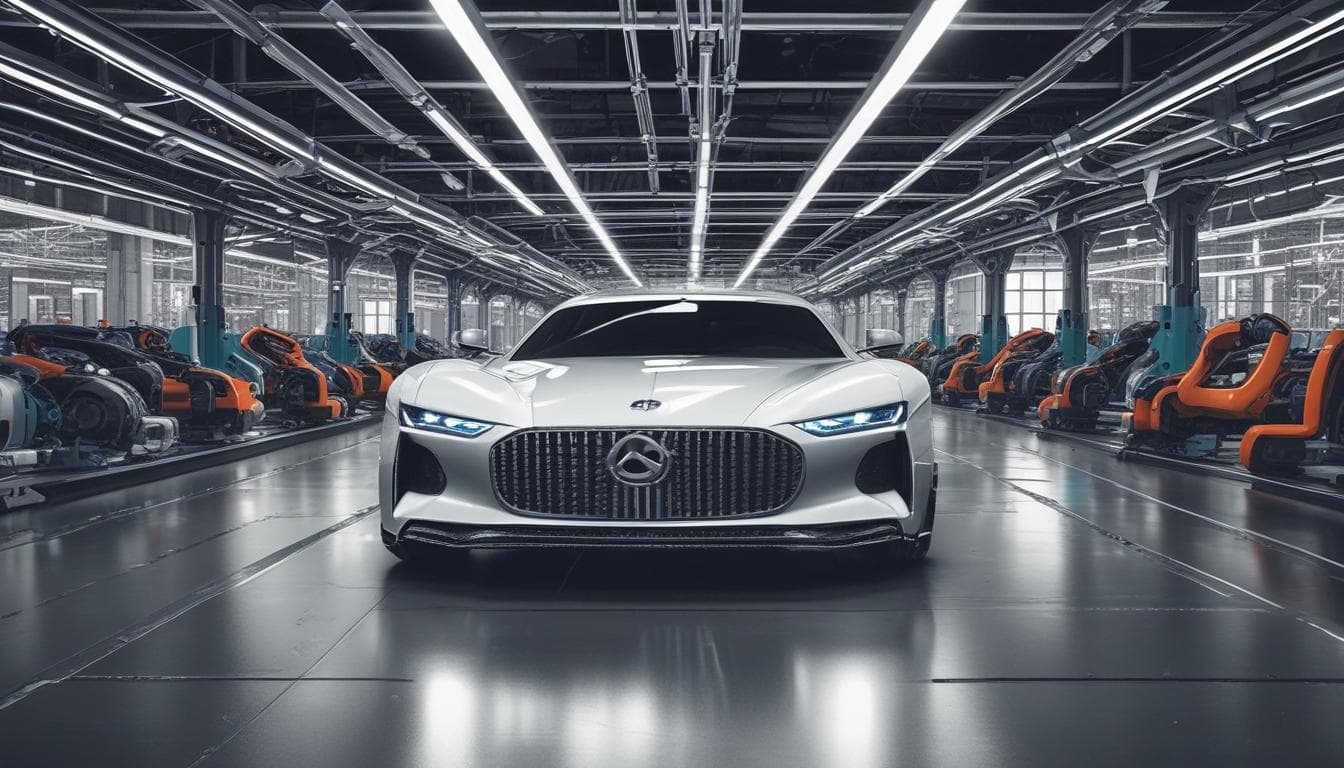With the increasing sophistication of AI in vehicles, how do you envision the future of car customization evolving beyond aesthetics and performance, to encompass personalized in-car experiences and functionalities tailored to individual drivers' needs and preferences?
The future of car customization is indeed an exciting frontier, especially with the advent of AI technologies enhancing our interaction with vehicles. Here are a few ways I think we can expect these advancements to shape personalized in-car experiences:
Personalized Driver Profiles
Imagine being able to create unique driver profiles that adapt the car's settings automatically. These profiles could include:
- Seating Position & Climate Control: Adjusting seat height, angle, and temperature preferences as soon as you get in.
- Infotainment Settings: Including music preferences, favorite podcasts, or even personalized news feeds that align with your interests.
- Navigation Preferences: Tailoring routes based on your favorite stops, scenic drives, or even traffic patterns you're accustomed to.
Mood-Based Customization
AI could also enable mood-based environments inside the vehicle. For example:
- Lighting Controls: Adjusting ambient lighting to suit your mood or the time of day.
- Soundscapes: Offering sound options, from nature sounds to white noise, enhancing relaxation during long drives.
Contextual Awareness
As AI becomes more sophisticated, vehicles may learn from your interactions and context to provide:
- Smart Suggestions: Recommending routes, restaurants, or activities based on previous trips or even climate conditions (e.g., suggesting ice cream stops on a hot day).
- Safety Enhancements: Offering alerts or modifications based on driving behavior or conditions, such as fatigue detection while driving.
Health Integration
With the increasing focus on well-being, imagine vehicles that:
- Monitor Vital Signs: Using built-in sensors to track heart rates or stress levels and adjust settings accordingly (like seat comfort or music playback).
- Provide Wellness Suggestions: Recommending breaks or relaxation techniques through engaging interfaces or prompts.
Community-Driven Customization
Platforms could emerge that allow users to share and download personalized settings and experiences:
- Sharing Custom Profiles: Users could share their profiles with the community, allowing for a blending of preferences and innovations.
- Collaborative Features: Suggested features based on user feedback, further enhancing customization through community insights.
Conclusion
The potential for AI to create a more personalized driving experience goes beyond just aesthetics and performance. By focusing on individual needs, preferences, and contexts, we can expect cars to transform into customizable sanctuaries that adapt intelligently to their drivers. It opens the floor for innovation in how we experience and interact with our vehicles, making it an exciting area to watch in the upcoming years. What are your thoughts on how these features could be implemented practically?
Explore More on This Topic
Join the Conversation
- The Future of Road Trips: AI-Powered Itineraries vs. Spontaneity
Explore the evolving landscape of road trips in the age of AI. Will curated itineraries replace spontaneous adventures, or will there be a balance? Discuss the potential impact of AI on the driver and passenger experience.
- The Future of Automotive Artistry: Will AI Drive Design or Compete With It?
Explore the future of automotive artistry in the age of AI. Will AI become a collaborative tool for car designers, a new medium for artistic expression, or a competitor creating its own automotive aesthetics? Join the discussion and share your vision.
- Beyond Electric: Exploring Alternative Fuels for Future Cars
Dive into the future of automotive fuels beyond electric batteries. Explore the potential of hydrogen, biofuels, solar, and more. Discuss the pros, cons, and their role in shaping transportation.





